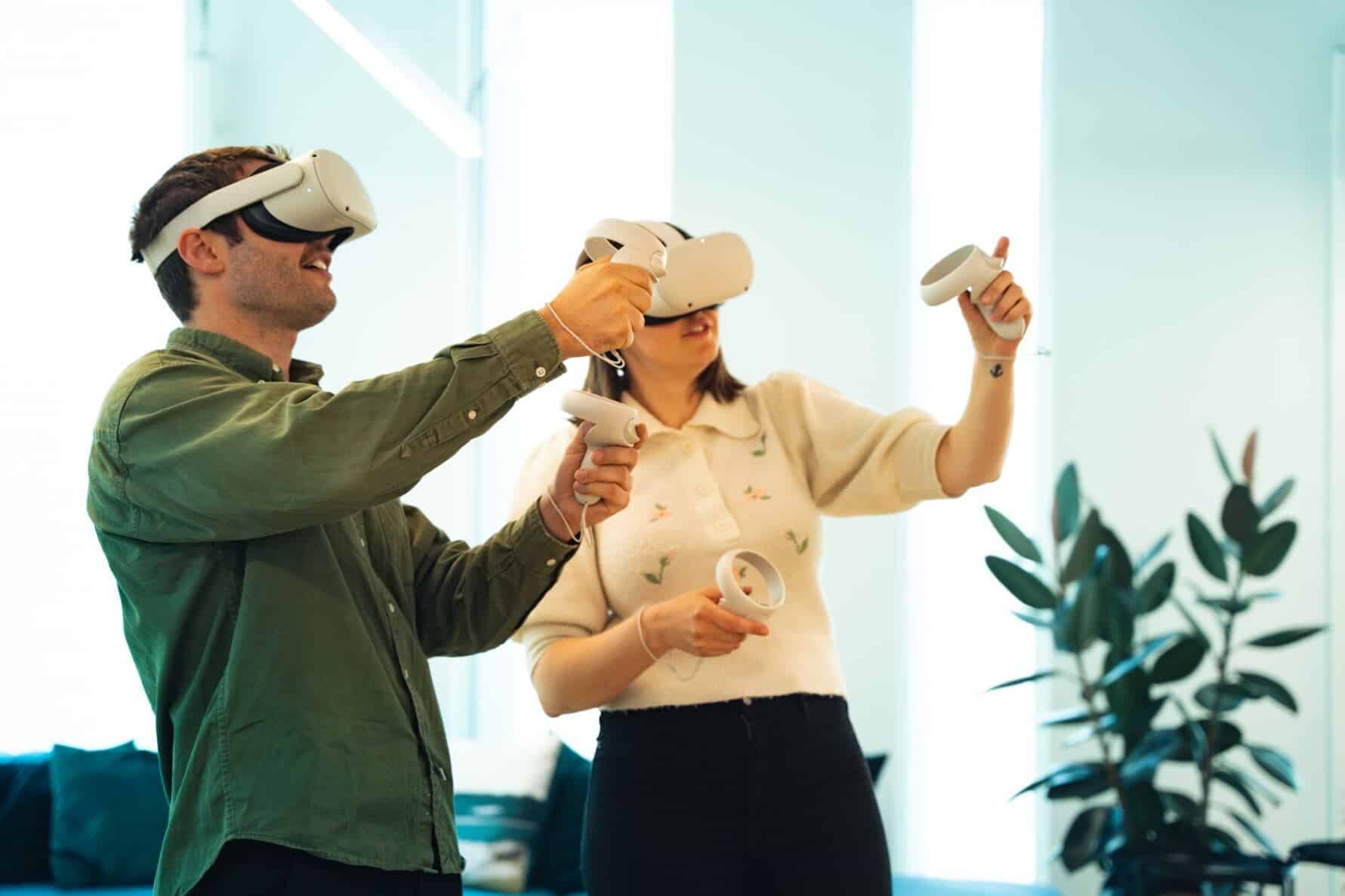According to a report by Harvard Business Review, only 12% of employees actually apply new skills learned in their training1 to their jobs on a day to day basis.
Why your business needs action
We’ve all heard the benefits of offering a high quality learning and development program. But without turning the results into tangible actions, your business won’t see the overall improvements associated with progressing your teams.
Successful action from your training results in:
Improved employee performance
Improve the skills and confidence of your individual team members and watch as your business reaps the rewards. When your employees are fulfilling their potential, it only solidifies your reputation as a strong competitor within your industry.
Improved employee wellbeing
We all learn in different ways. It’s important to tap into these different methods. When employees feel seen and heard, they feel valued. Subsequently, their work wellbeing will improve.
Addressing weaknesses in your team
If you’ve identified weaknesses, provided training but see no change, the investment hasn’t been worthwhile.
Reduce staff turnover
Frequent recruitment soon becomes expensive. Part of your learning strategy is developing the talent you already have, therefore reducing the staff turnover in your business.
Create employee action plans
When your individual team members can see how their individual goals fit into your overarching business objectives, they’ll naturally feel more involved. Not only that, having goals in place can actually lead to higher productivity.
Setting out clear individual objectives before the training helps to manage expectations and create a ‘game plan’ for future application after the event has taken place.
It also creates opportunities for your team to notify you or their supervisors of any concerns or requirements they may need in order to get the most out of the session.
Debrief
Communication is key when it comes to applying training. After the event has taken place, make sure to find out how things have gone – whether you’ve participated in the session or not.
Identify potential roadblocks
Part of this process will be identifying any potential challenges to turning learning into action. Regardless of whether the training itself was successful, if the resources aren’t in place to be able to apply the skills learned, it’s going to feel like a waste of time.
What might some of the challenges to application be?
Lack of time allocated to implement changes
It takes time to master a skill. It might not be 10,000 hours any more, but if organisations don’t allow teams the time to potentially make mistakes during implementation, it’s easy to see why individuals might revert back to old ways.
Break down of communication from leadership
If your leadership team weren’t present for the training, it’s vital they at least know the core elements of the material covered. If your teams approach your leadership teams for guidance after the session and they can’t answer, not only does it delay implementation, it creates an ‘us and them’ feeling between your teams.
Delays in putting new equipment in place
If your learning and development has centered around a new piece of equipment or software, like a CRM system, make sure those things are ready to go when the sessions have been delivered. Outline the timelines in your learning and development strategy. Delivering the training six weeks before the equipment actually arrives will only cost you time and money as the chances of you needing to then run a refresher course will only increase.
Act as a role model
We’re all familiar with the phrase, ‘practice what you preach’. Here’s where this is particularly relevant. If you want to nurture a culture of learning and development in your organisation, it’s important to model that from the top down.
Whether it’s your first day on the job or you’ve been a director for two decades, there’s always scope to learn something new. After all, leveraging the skills of everyone in your organisation will only help to increase your revenue in the future.
Training buddy systems
We all know the importance of accountability in the workplace. Facilitating training transfer partnerships are a simple way of making sure everyone is keeping to their personal goals laid out in their employee action plans.
The partnerships are an opportunity to create a safe space to discuss any difficulties with applying the training undertaken and make any necessary adjustments. Turning any ‘failures’ or challenges into positive learning opportunities will be a valuable experience for everyone involved.
How can Attensi help you to put your staff training into action?
Part of our methodology at Attensi is the idea that learning that’s repeatable and engaging is what creates real results. When your teams are enthusiastic about returning to their learning and development, you can really nurture their skills and create real change within your organisation.




